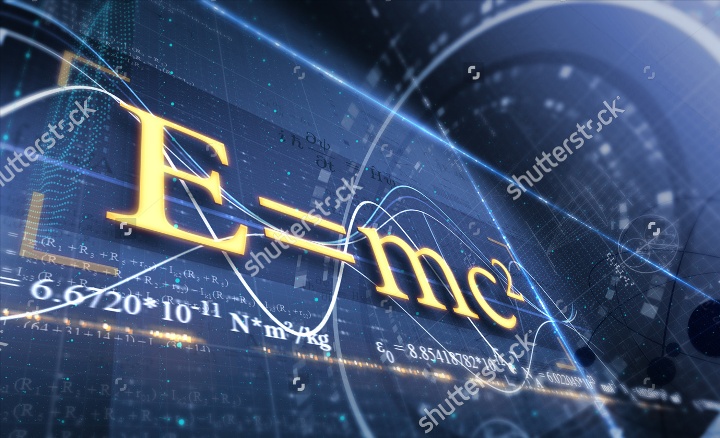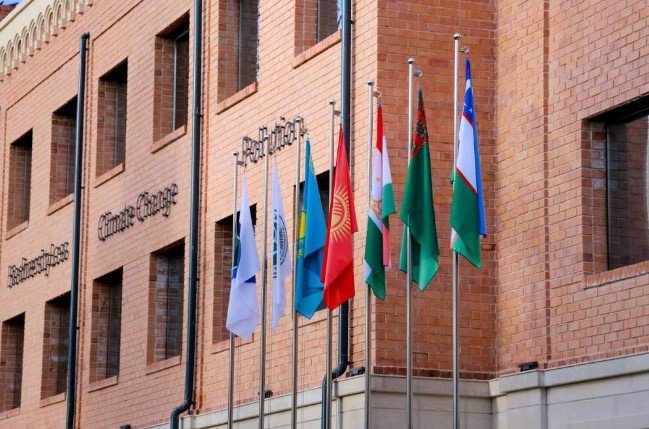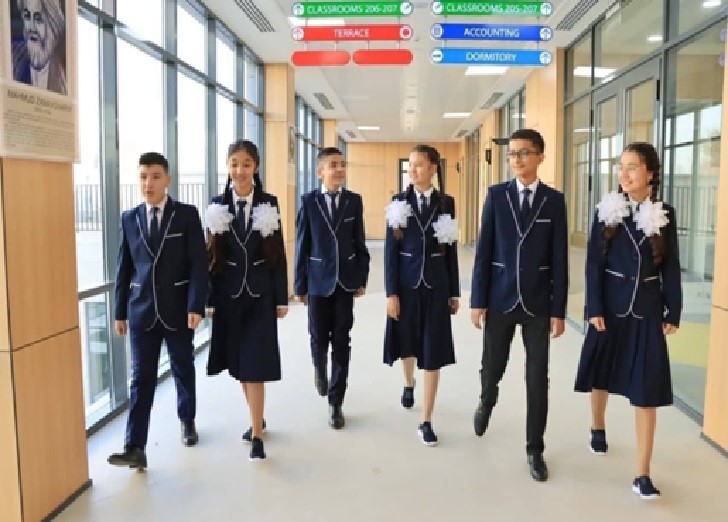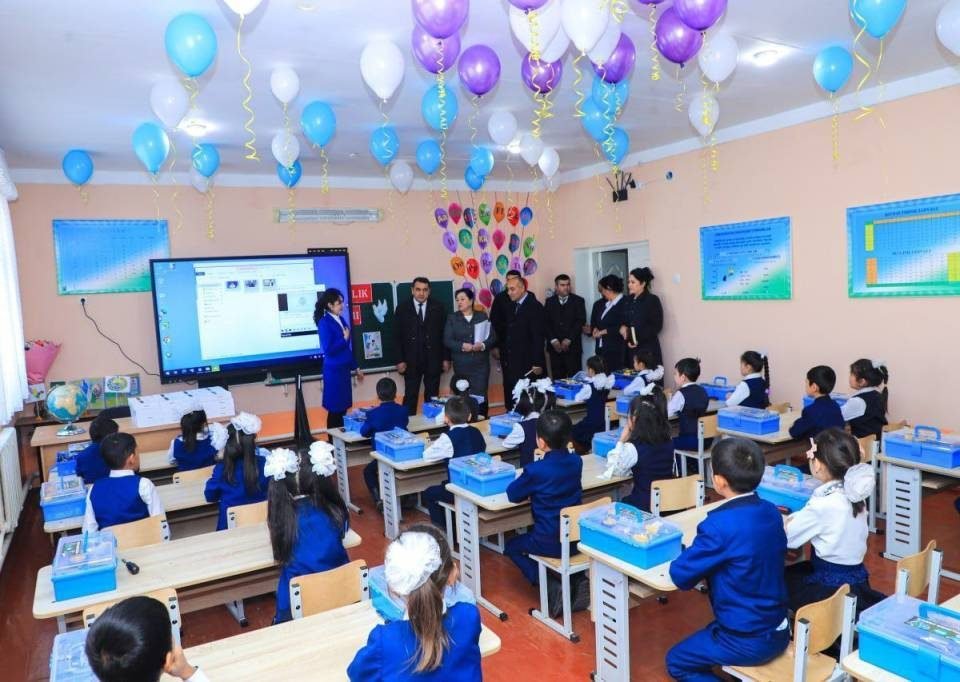The Institute of Nuclear Physics and the Institute of Ion-Plasma Technologies was eliminated last summer, while the National University of Uzbekistan and the Tashkent State Technical University were proclaimed their successors. What has changed in the activities of those higher educational institutions?
As is known, the National University of Uzbekistan continues the implementation of the development program designed for 2016-2020. The chairs of physics, chemistry, and the economics departments, as well as the faculties of biology, geology and geography were reformatted within its framework. 12 new chairs and six laboratories were set up at the University as a result.
In particular, the Institute of Applied Physics, which operated under the University, was split into laboratories. This facilitated the process of further integration of education and science, and accessibility of modern research equipment for students.
The greatest changes, however, are linked with the transfer of part of the eliminated Institute of Nuclear Physics. According to results of attestation of this research institution’s former employees about two dozens of highly qualified research and engineering-technical staff members have been attracted to the training process.
They continue to conduct their research work with 30 scientific-research projects, which they had started out at the Institute of Nuclear Physics but with the active involvement of students.
Consolidation of scientific and pedagogical potential of the Tashkent State Technical University is linked with the cessation of the activities of the Institute of Ion-Plasma and Laser Technologies.
An engineering-physics faculty was established on the basis of the institute, which will train specialists in new directions: technologies for manufacturing new materials, construction of new equipment, technologies for production of laser and electronic equipment, and engineers for manufacturing medical and biological equipment.
Seven scientific-research laboratories were set up on the platform of the former Institute of Ion-Plasma and Laser Technologies.
Apart from that, 144 former specialists of the Institute of Ion-Plasma and Laser Technologies had undergone professional assessment and continue their employment with the University. Now they are engaged not only in pure science but also take part in the educational process.


























